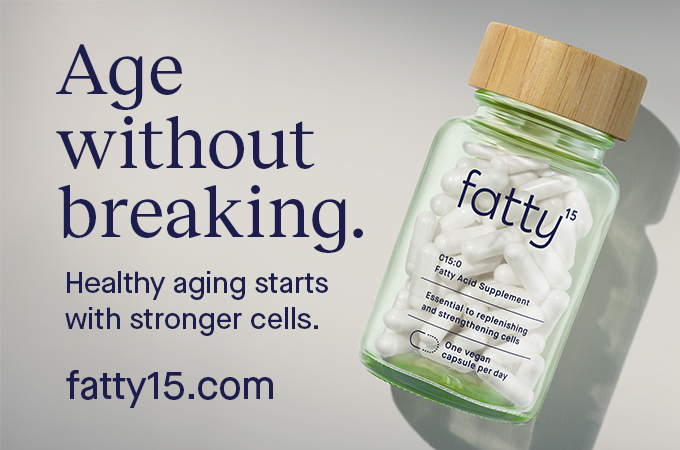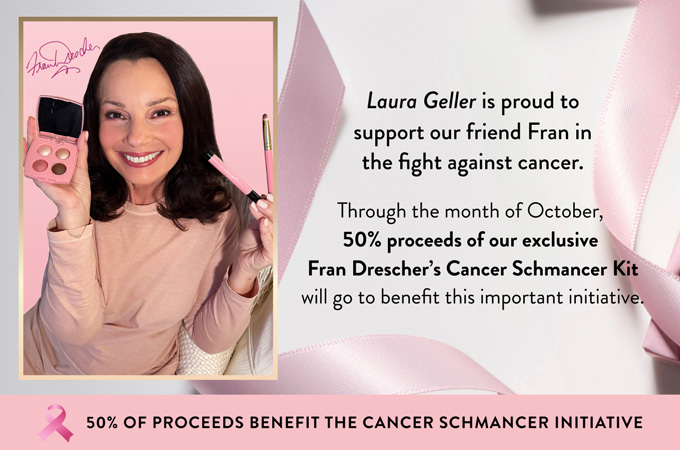Safeguard Your Health: Simple Steps to Minimize Toxins in Your Personal Care Products
With the buzz getting louder about dangerous toxic chemicals in personal care products, you may find yourself convinced that it’s time to make some changes in your own life. Where do you start? Do you have to completely swear off cosmetics?
If you’re like me and love beauty treatments, skin care, and makeup, such a drastic step just isn’t realistic! Fortunately, we can take 12 simple steps to reduce our exposure and still enjoy safe products that not only make us look good, but feel like we’re doing something beneficial for our well being—and for the well being of the planet. And as a rule of thumb, no matter what the claims are, always read labels!
Choose carefully anything that can end up inside you.
1. Lip balm & lipstick: Whatever you put on your lips gets into your mouth, so this is one of the first places to start looking for safer, cleaner products. Tests by the Campaign for Safe Cosmetics found that 61% of name-brand lipsticks contain detectable levels of lead. Find the brands sans lead here. Make sure you always protect with a sunscreen underneath. Zinc oxide is best. Avoid balms with chemical sunscreens.
2. Toothpaste: In a 2005 lawsuit, Proctor & Gamble conceded that its Crest brand of toothpaste contained high levels of lead. The company agreed to reduce the levels, but the lawsuit illustrates the potential dangerous ingredients in toothpastes. Many contain triclosan, an anti-bacterial found to be a hormone-disruptor in tests, and harsh sodium laureth sulfate, which can actually increase your risk of mouth sores. Choose safer brands like Tom’s of Maine.
Choose carefully anything you might inhale.
3. Hairsprays: Many hairsprays contain phthalates, which have been found in animal tests to damage the kidneys, lungs, and reproductive systems. Hairsprays are easy to breathe in, so read labels and avoid ingredients like DBP, DEP, and DEHP.
4. Air fresheners & candles: Some studies have linked smoke from scented candles to asthma and eczema, and the American Lung Association has warned that candles are becoming one of the most common unrecognized causes of poor indoor air quality. Some paraffin-based candles give off potentially toxic chemicals like astoluene and benzene. Keep wicks trimmed, avoid drafts, light candles only in well ventilated rooms, and choose organic varieties made with natural waxes like vegetable, soybean or beeswax. Air fresheners, as well, often contain phthalates and other potentially harmful chemicals, and the Environmental Protection Agency (EPA) warns against their use. Avoid air fresheners and freshen your home in other ways, like essential oil diffusers.
5. Micronized mineral makeup: Tiny particles called nanoparticles and micronized particles make makeup look smooth and flawless, but they can also be a health risk, especially for those with allergies and asthma. Reduce the chances of particles floating about in the air by working the powder into the brush, or wetting it down to reduce airborn particles.
Choose carefully anything that stays on your body a long time.
6. Moisturizers: Many brands contain parabens, petroleum products, and other potentially harmful chemicals. These ingredients absorb into the skin and can get into the bloodstream. Choose more natural and organic options.
7. Antiperspirant: Though we don’t have proof yet, some studies have linked deodorant use to an increased risk of cancer or to a buildup of aluminum in the outer regions of the breast. Why take chances with your health? Try more natural options like crystal deodorant stones, or organic deodorant varieties.
Watch out for particularly toxic products.
8. Fragrances: Since manufacturers aren’t required to list the ingredients used in fragrances, choose items that are either fragrance-free or contain fragrance from natural sources like essential oils.
9. Nail products: Avoid nail products with toluene and formaldehyde and choose better made options like the Dr. Remedy brand.
10. Dark hair dyes: Dark hair dyes contain several toxic ingredients that have been linked with cancer—look for brands like Naturtint and Herbatint and try to use them less frequently.
11. Skin lighteners with hydroquinone: Avoid lightening products with hydroquinone, which has shown in lab studies to be potentially cancer causing. There are many alternative, safe options to lighten and brighten, like kojic acid.
12. Liquid hands soaps with triclosan: Triclosan can create carcinogenic by-products, and is accumulating in our soils. The FDA has asserted that was no evidence that antibacterial products protected people any better than regular soap. Choose options that are triclosan-free.
http://cincovidas.com/safeguard-your-health-simple-steps-to-minimize-tox...






















